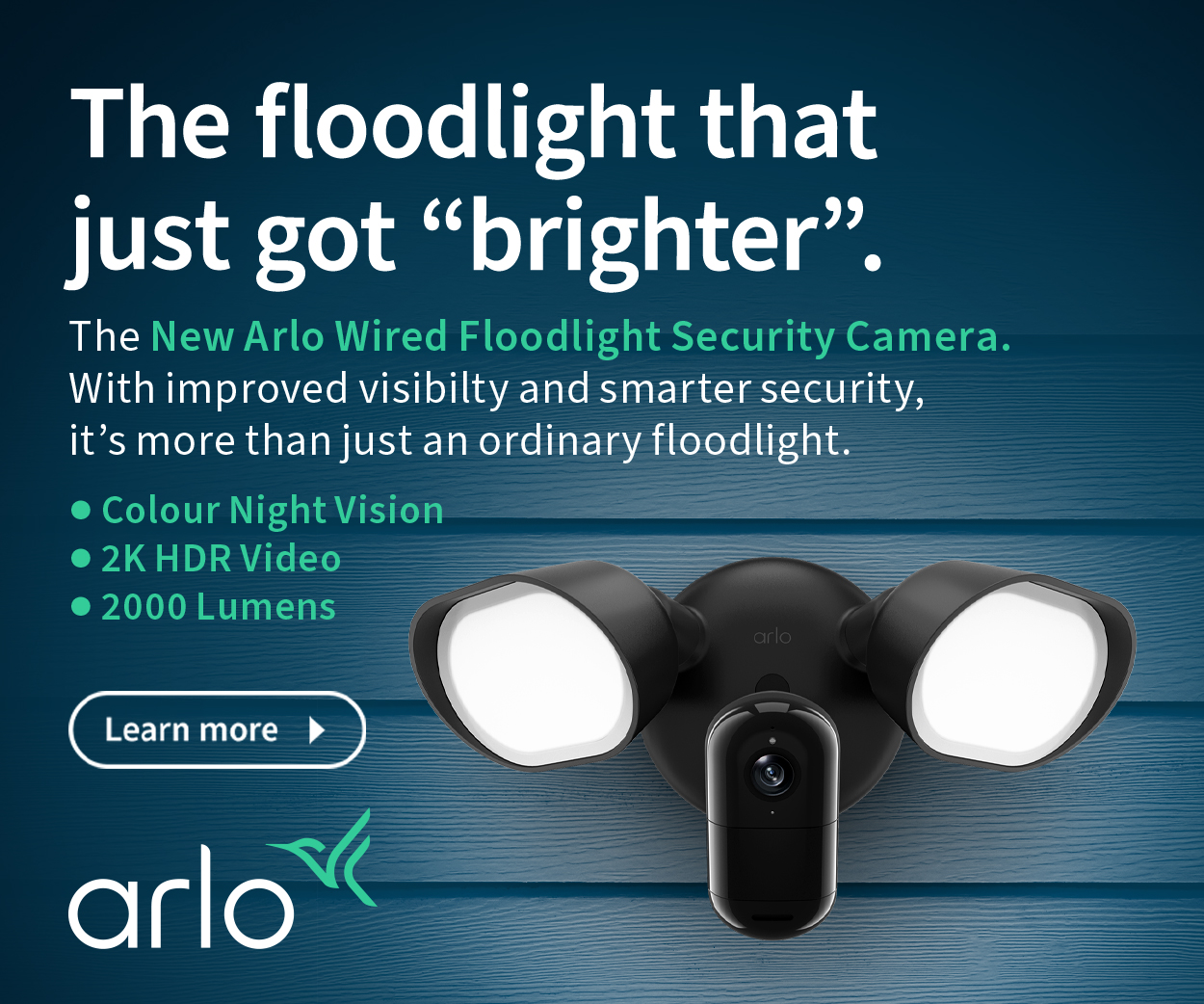Review: Toshiba Satellite P750
By Mike Wheeler
With all the talk about netbooks, slates and mobile phones having PC functionality, it’s good to remember that there is still room out there for the humble notebook to make an appearance. Having not played with one for a while, it was a nice reminder how much punch a notebook can pack and then some.
Our current home computer is a Toshiba Satellite, which we’ve had for about four years. In computer terms this puts it almost in the prehistoric category, and while we will probably be trading in sometime soon, the reason we haven’t so far is that we’ve had a good run with it, so as the old maxim goes, if it ain’t broke why fix it.
Enter the Satellite P750. Out of the box the first thing you notice is its lines and weight. I thought it slightly heavy for a notebook, but having been using slates or smartphones of late anything over half a kilo feels heavy.
First of all the look. I like. Lots. I especially like the industrial metal design and the interactivity of the buttons on the facia. Each button is lit, so you know intuitively if the sound is on, wifi is working or a DVD is ready to play. It comes with Harmon Kardon speakers, which are adequate, and nicely synced into the design. They could be a little louder for my tastes, but there was little or no distortion when playing AC/DC’s Thunderstruck via YouTube at full noise. Be aware, that just above the track pad there is a button that can be switched on and off. If you switch it off the cursor freezes, which I didn’t initially realise and thought there was something wrong with the operating system. I’m not too sure why they have the application as I would be hard-placed to think of a time when I would use it.
Under the hood it has a Quad-core Core i7-2630QM 'Sandy Bridge' CPU and a more-then-reasonable 6GB of RAM, which basically means – depending on internet connection (in our case wireless) – speed, speed, speed. And speed it did. Uploading and downloading files was fast, and trouble-free, which is always a bonus when reviewing a laptop.
It does have an eco-mode, and noticed that if the computer was left along for a minute or so, the screen faded slightly. When it goes into sleep mode, all lights go off, which can be a bit of a problem if you leave it alone for 20 or 30 minutes and are not too sure if it off, or just need to tap the start button to fire it up again. Battery life seemed pretty good and lasted eight hours with average use (no gaming though).
Other specifications include next generation 15.-inch Clear SuperView display with LED backlighting; 750GB hard drive for storage; USB 3.0 technology; a 3D hard drive shock sensor that detects accidental drops or knocks (although I didn’t test this feature); as well as a TV tuner and DVD/CD drive.
Overall it is a sleek-looking machine that adds to the popular – and no doubt profitable – range of Toshiba Satellite laptops. While it won’t set any records for innovation or “wow” factors, it is a solid little unit that will find a niche somewhere between personal user and home office applications.
Pros: Fast, good speakers, plenty of RAM, nice screen
Cons: Bit heavy, don’t like the switch on/off of cursor,
RRP
$1,199
3.8 out of 5 Shacks
Brought to you by CyberShack.com.au







